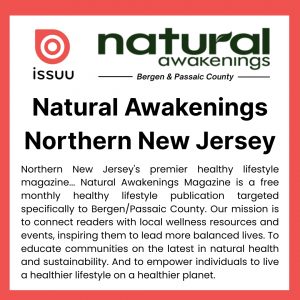Nutrition is Paramount for Pet Health
by Mia Frezzo
Nutrition is the foundation of good pet health, and good nutrition optimizes the immune system, organ function and longevity. It’s best to feed them a high-quality diet where the first ingredient is a protein such as chicken, beef, lamb, fish or soy. and all ingredients on the label are recognizable instead of a list of unpronounceable chemicals. Beyond these basics, we may look for phrases such as human grade, no byproducts and organic to indicate the degree of quality of the pet food.
A recent surge of grain-free diets have arrived on the market that are ideal for pets with known food allergies. Some pets with digestive issues, skin sensitivities or seasonal allergies may also benefit from a grain-free diet. For most other pets, grain-free formulas are optional. Some pets suffer from protein allergies and will require a prescription diet.
An added benefit of a high-quality pet food is evident in the yard or litter box. A highly digestible diet without fillers produces less fecal matter. Although it may cost more initially, most pets eat less because every bite is full of good, digestible nutrition. It seems that the better brands are not advertised on television, so do some investigating and choose a pet food that is not only affordable, but also convenient to obtain.
It may be helpful to moisten dry formula pet food with warm water to facilitate digestion, especially in large breed dogs. Cats, on the other hand, maintain their weight and protect their kidneys better with canned food. Offering food at regular intervals will assist in predicting when pets need to eliminate. This is particularly helpful in housebreaking a puppy, as most pets will go to the bathroom about 15 minutes after each meal. Many pets that have food available at all times tend to overeat; obesity is a becoming a pet epidemic in the U.S., and leads to a number of preventable diseases such as diabetes, heart disease and arthritis.
It is best to change a pet’s brand or formula of food or formula gradually; their digestive bacteria need time to acclimate and adjust. Pets generally cannot tolerate different foods for each meal like we can, so introduce them gradually. For example, a large dog that eats one cup of dry food per meal will convert to a new diet:
Serve one-quarter-cup of the new food with three-quarters-cup of the existing diet for each meal for three days. Then, give a half-cup of the new food and a half-cup of the “old” food for each meal for three days. Then, give three-quarters-cup of the new food and one-quarter-cup of the old food for each meal for three days. Finally, serve one cup of the new food for each meal. This slow transition will help the pet avoid diarrhea and vomiting and ease them into the new food.
Pets may continue to eat the same food for an extended period of time. Although we need to eat a varied diet, high-quality pet food is perfectly balanced for their needs. It’s important to also make sure the pet gets adequate exercise and is well hydrated.
Dr. Mia Frezzo is an integrative veterinarian and owner of the Animal Hospital of Hasbrouck Heights, located at 180 Boulevard. For more information or to schedule an appointment, call 201-288-7800. For a list of high-quality pet foods, visit Tinyurl.com/PetEats.





























